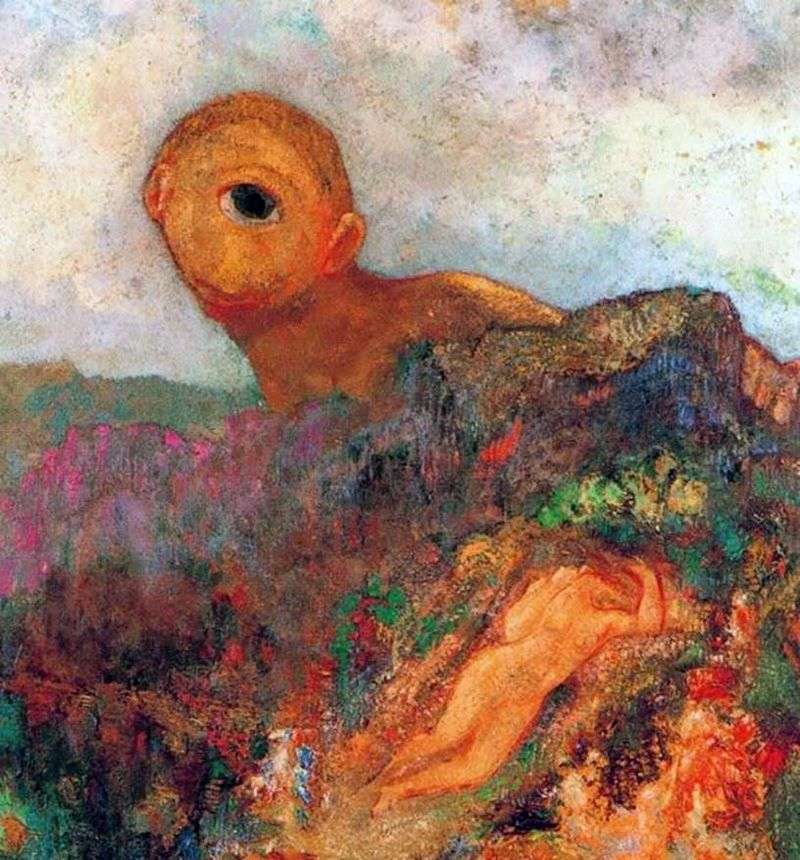
In the last years of his life, Redon painted several mythological paintings, which can be called the pinnacle in the artist’s work. These works with all the evidence speak about the connection between the style of Redon and the classical tradition and the works of the masters of the past – including those such as Delacroix and Moreau.
The influence of Moreau is evident in tehredon-ry paintings, where there is a naked female nature in the background of the landscape. Note that at the beginning of the century, many artists again turned to this classic story, seeing in it the motive of the unity of man and nature.
All Redon’s mythological paintings are painted with rare craftsmanship. He carefully lined up the composition of each of them and carefully watched so that its individual details formed an indivisible whole. Interestingly, in later paintings on mythological scenes, Redon returns to the theme that worried him at the beginning of his creative career, the theme of “sad monsters.”
Take a look at the “Cyclops”, placed at the top. With all the ugliness of Cyclops Polyphemus, the sight of him causes not disgust, but pity. His only sad eye is turned down – to where the nymph Galatea is sleeping peacefully among the flowers. Another famous work of the mythological period is the “Birth of Venus”. The beautiful goddess is shown here in an unusual perspective, emphasizing the gentle and sensual curves of her body, which Redon outlined only with a light outline.
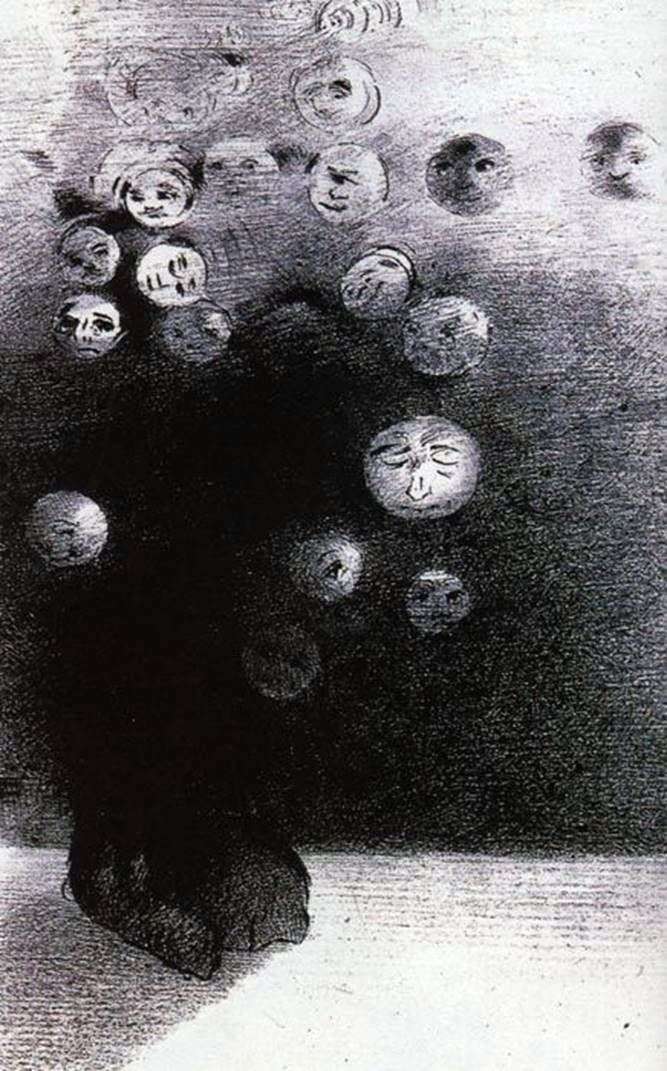 Lithographs by Odilon Redon
Lithographs by Odilon Redon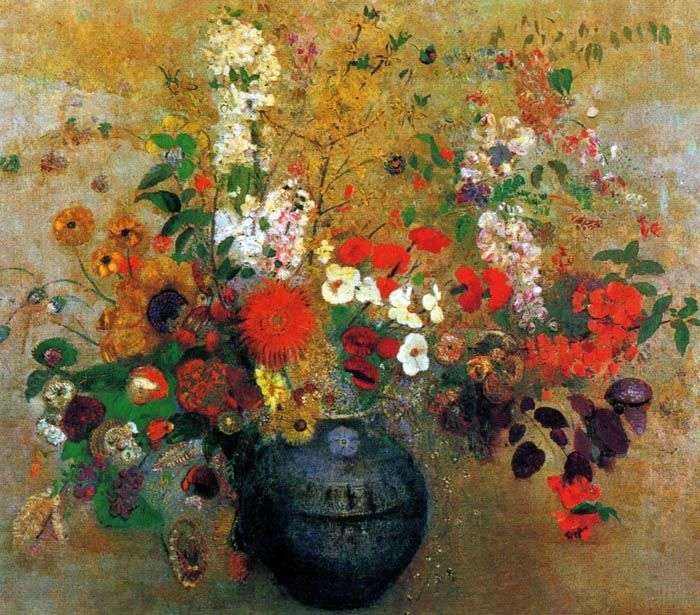 Flower Bouquet by Odilon Redon
Flower Bouquet by Odilon Redon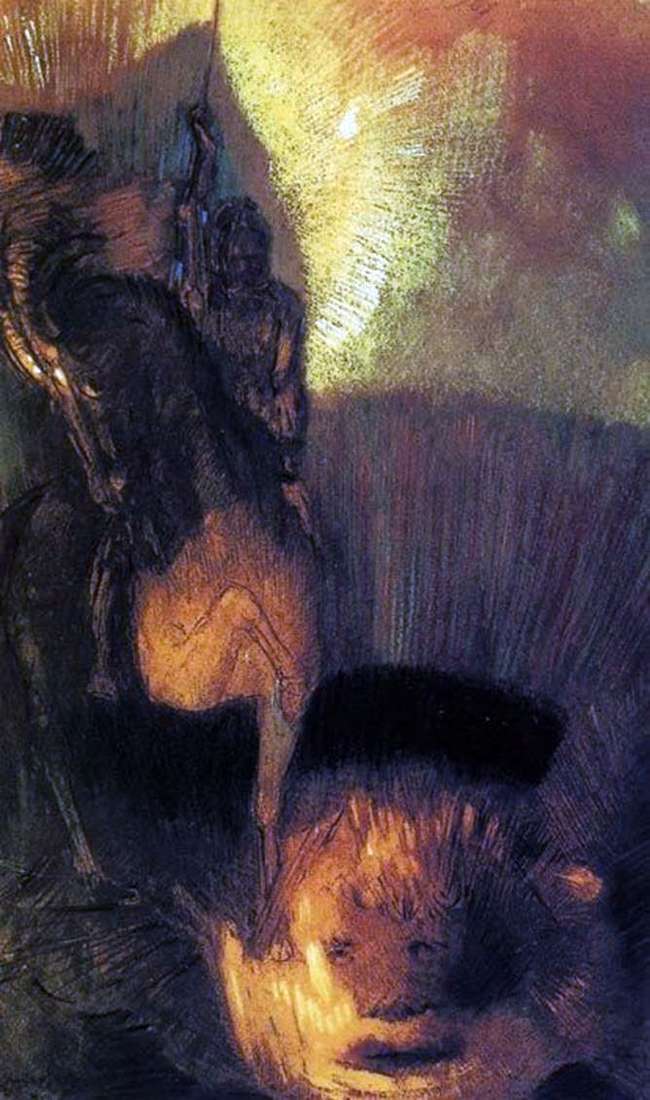 Saint George by Odilon Redon
Saint George by Odilon Redon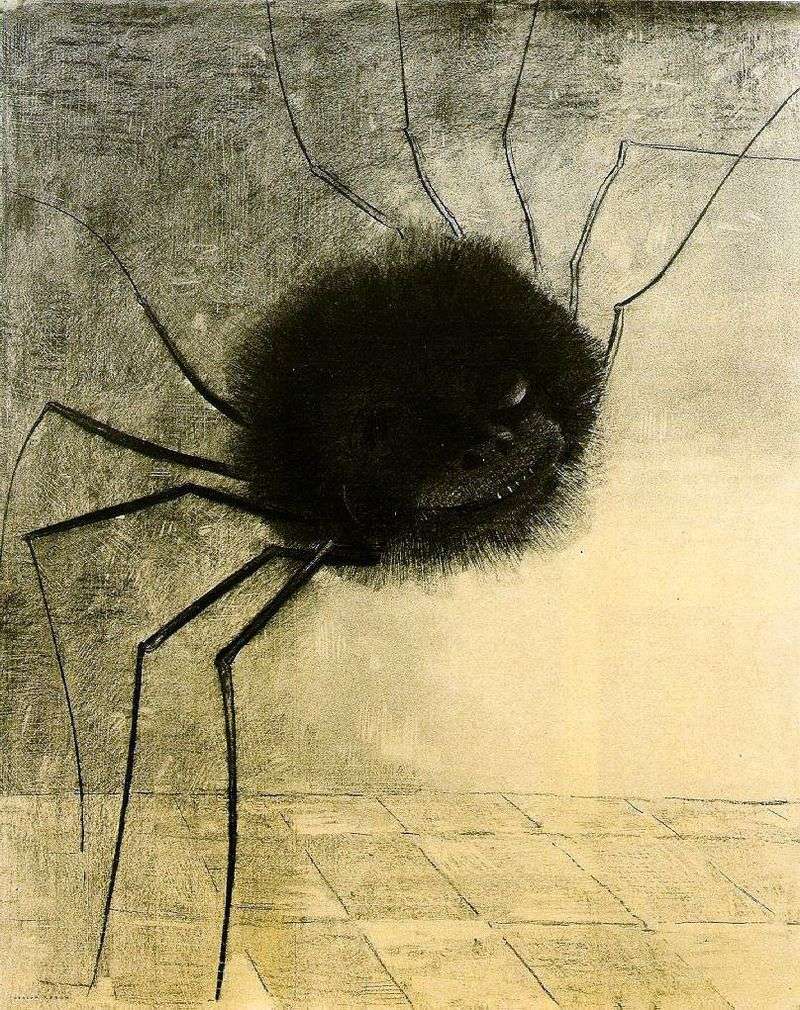 Smiling Spider by Odilon Redon
Smiling Spider by Odilon Redon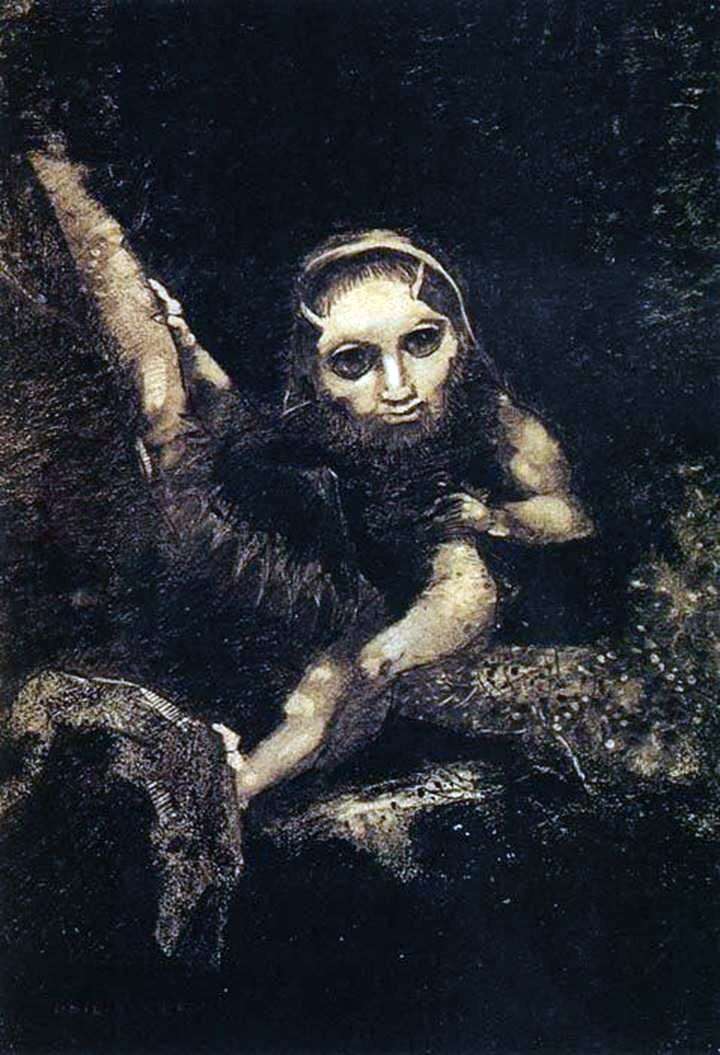 Elf Caliban by Odilon Redon
Elf Caliban by Odilon Redon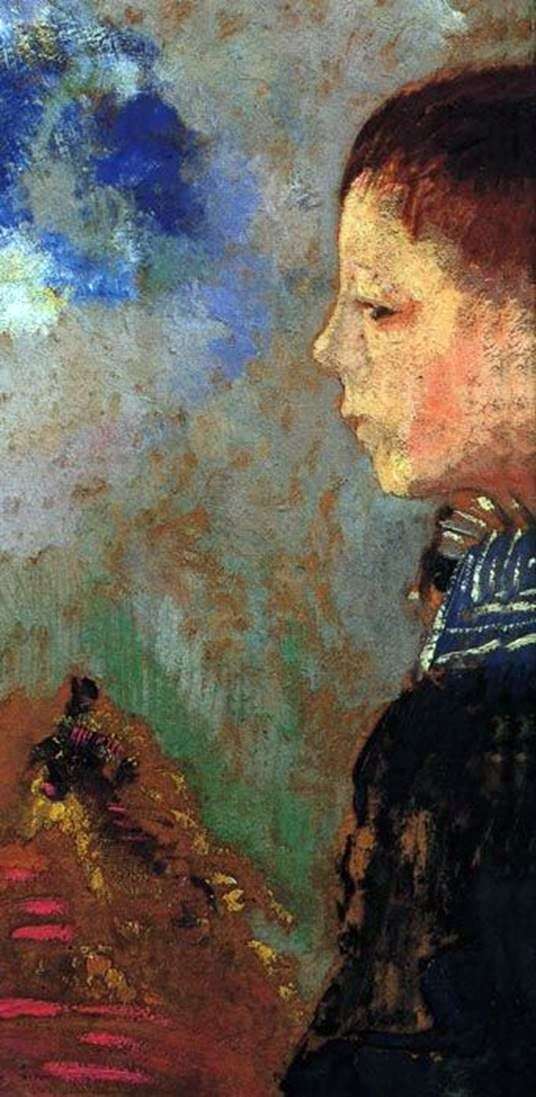 Portrait of Ari with a blue collar by Odilon Redon
Portrait of Ari with a blue collar by Odilon Redon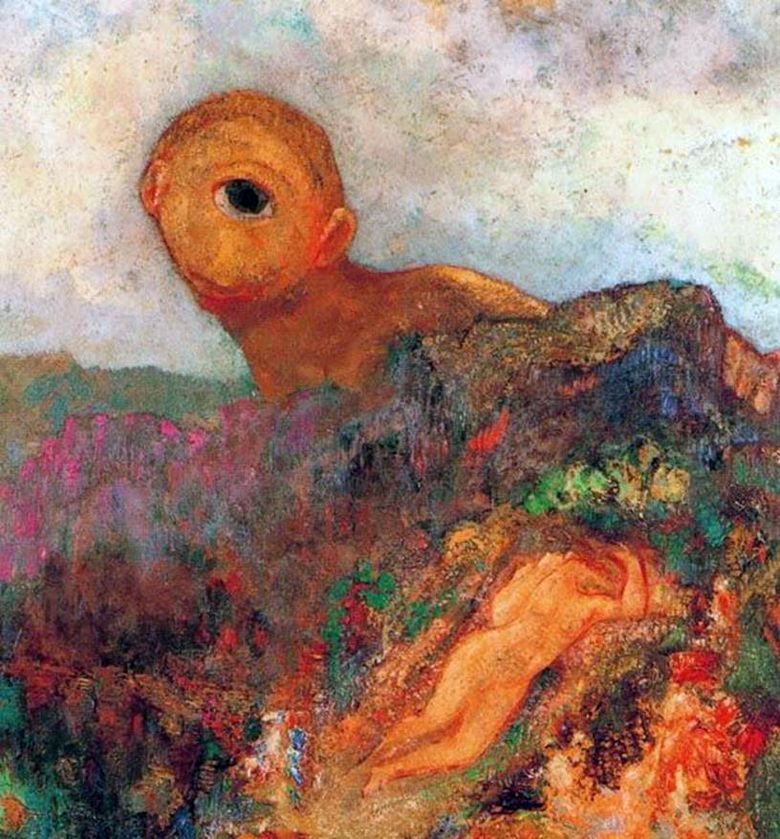 Cyclope – Odilon Redon
Cyclope – Odilon Redon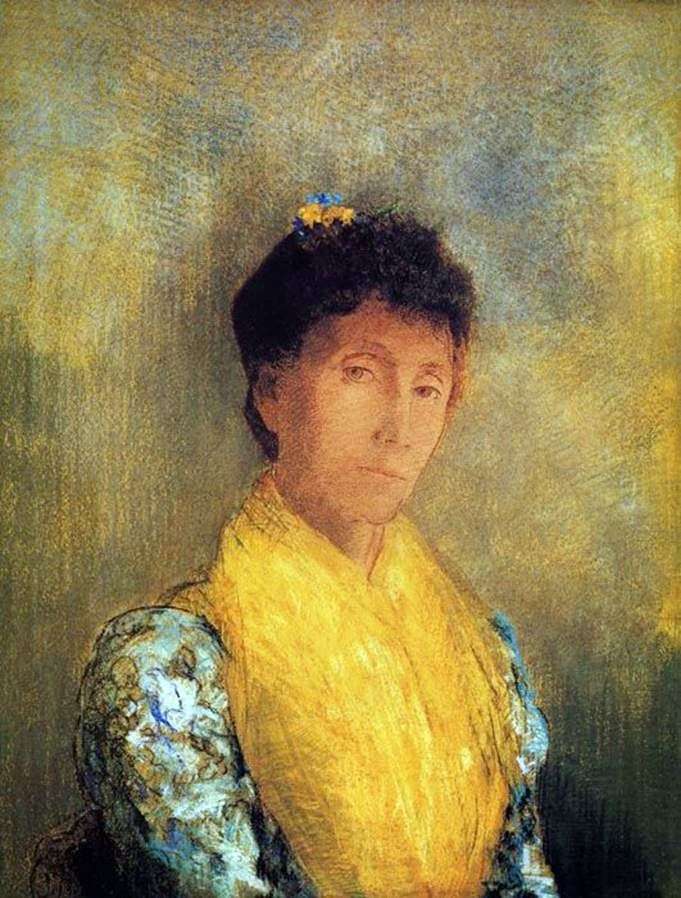 Woman in Yellow by Odilon Redon
Woman in Yellow by Odilon Redon